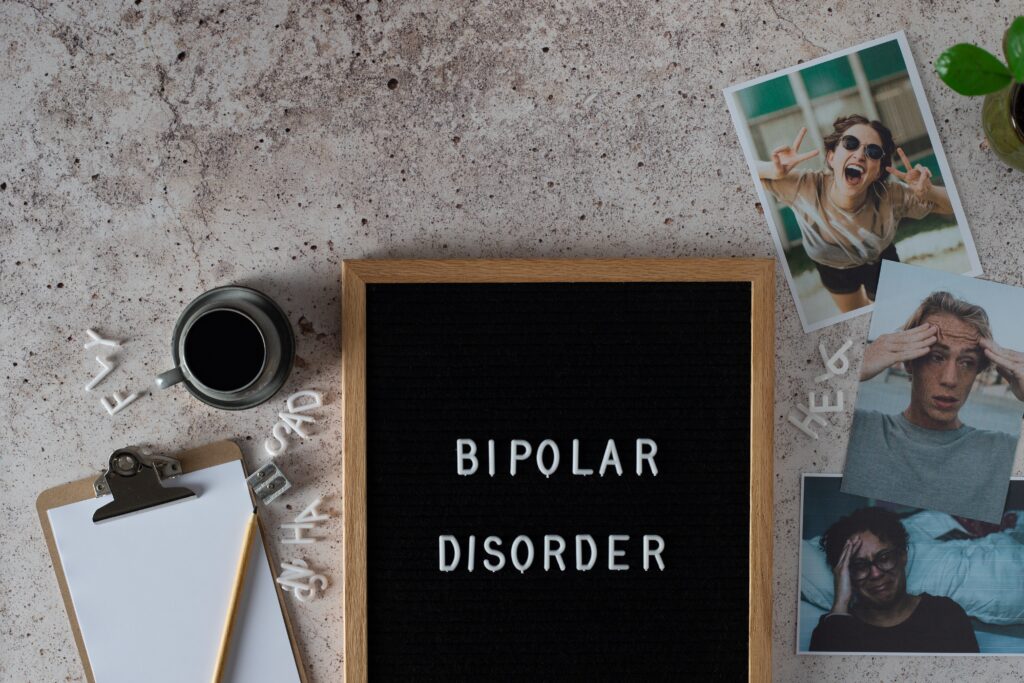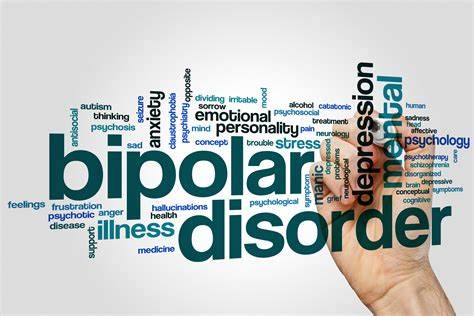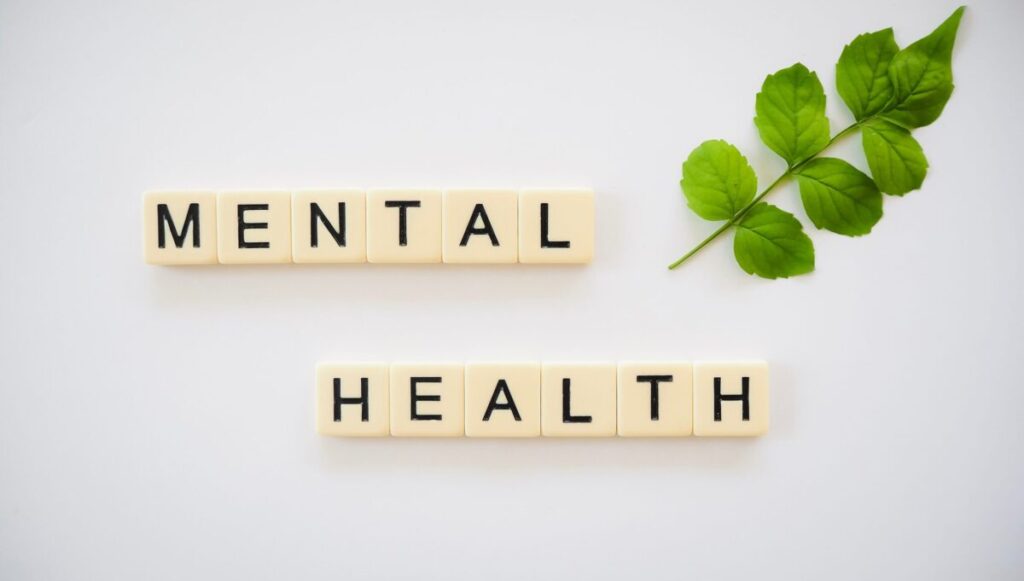
BIPOLAR DISORDER
Bipolar disorder is a brain disorder that results in abrupt changes in the sufferer’s energy, mood, and the ability to perform normally.
People having the condition of bipolar disorder suffer intense emotional shifts that typically appear during certain periods of days to weeks, known as mood episodes.
The mood episodes are either depressive or manic, which are two extremes of emotional state. Also, people with bipolar disorder usually have episodes of neutral mood too. However, people having bipolar disorder can live a full and productive life after getting proper treatment. The statistics visibly indicate that the prevalence of bipolar disorder is not rare like other brain disorders.
Mood changes and fluctuations are common among normal individual too, but the mood changes of bipolar disorder patients last longer.
Moreover, the mood changes of a normal person do not bring out extreme behaviors that might disrupt the daily routine and cause inability to function normally.
About Bipolar Disorder and Mood Shifts
Bipolar disorder causes sudden mood shifts along with extreme degree of improper behavior making it hard to interact socially and perform everyday tasks.
Bipolar disorder adversely affects the patient’s relationships with their friends or loved ones by causing difficulties to communicate and behave normally.
Bipolar disorder usually runs in families and almost 80 to 90 percent of the bipolar disorder patients have someone in their family with either depression or other brain disorder.
There are three different categories of bipolar disorder including cyclothymic disorder, bipolar I, and bipolar II.
All of these three types of bipolar disorder affect the patients in a varied manner. Certain environmental factors can also contribute to the development of bipolar disorder including drug abuse, alcohol abuse, sleep disturbances, and stress.
Though the definite cause of bipolar disorder is still unknown, but studies reveal that an imbalance of chemicals in the brain causes disruption in brain activity.
The average age of bipolar disorder onset is almost 25 years and women are more likely to suffer from this brain disorder because they are more vulnerable considering the emotional changes.
People having bipolar disorder might suffer from other mental disorders as well like substance abuse disorders, attention-deficit hyperactivity disorder (ADHD), or anxiety disorders.
About Bipolar Disorder and Suicide
The risk of attempting suicide is potentially higher among people who suffer from bipolar disorder in comparison to the general population.
Depression resulting from bipolar disorder might last for weeks and months thus emotionally draining the sufferer. Almost 5 million people that mean 2.8 percent of the adults only in U.S. have the diagnosis of bipolar disorder.
A severe manic episode leads to hyperactive happy behavior which might last for several days or weeks. Some patients with bipolar disorder experience periods of mood changes many times a year while others rarely experience the mood changes.
Although bipolar disorder requires a lifelong treatment, but patients can manage their mood changes and other symptoms by entertaining the option of therapy or other behavioral treatments.
A person having bipolar disorder feels hopeless or sad and goes deep into depression by losing interest in most activities. Some common symptoms of bipolar disorder include feeling unusually irritable, full of energy, euphoric, or hypomania.
The mood swing occurring due to bipolar disorder can affect activity, judgment, sleep, the ability to think properly, behavior, and energy of a person.
There are varied types of bipolar disorder symptoms which might include mania, hypomania, and depression.
Different types of bipolar disorders can cause unpredictable swings in behavior and mood of the patient thus resulting in potential difficulty and distress in life. Bipolar disorder can cause manic episodes which are dangerous and severe while results in depression for longer periods.
Another important thing about bipolar disorder is that the symptoms might vary over time for every individual. Mania and hypomania cause the same symptoms, but these are two distinct types of mood episodes.
Mania might stimulate a psychotic situation and need hospitalization while hypomania is less severe than mania causing more noticeable issues at school, social activities, and at work.
Depressive mood episodes include signs that cause enough difficulty in everyday routine such as school, work, social activities, and relationships.
A depressive episode of bipolar disorder includes a combination of two or three symptoms such as melancholy, anxiety, loss of appetite, or psychosis.
Moreover, the timing of symptoms might vary with changing seasons and during pregnancy. It is quite difficult to detect the symptoms of bipolar disorder in children because the pattern of mania or depressive mood changes is distinctive. The moods of teens and children are rapidly shifting during depressive or mania episodes.
The dramatic episodes of low and high moods in bipolar disorder do not follow a fixed pattern.
Someone might feel the same state of mood either feeling manic or depressed several times before changing to the opposite mood. The mood episodes can happen over a period of months, weeks, and even years.
The severity of bipolar disorder symptoms differs from one patient to another and can also become more or less severe with time.


